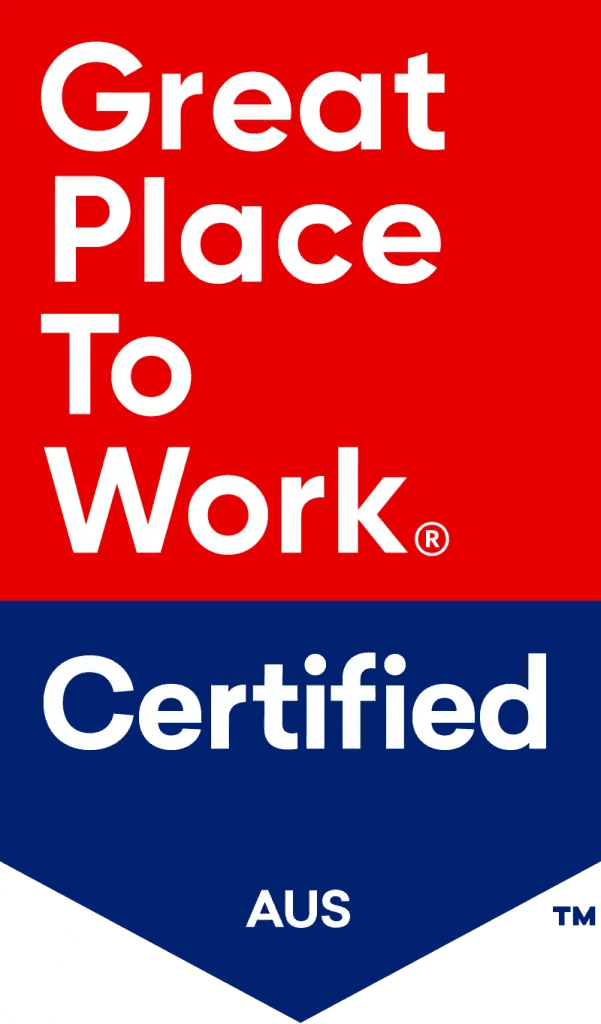Making the switch to paperless conveyancing should be seen as a tactical business decision, one of which is used to elevate your workflow, helping you provide the best service possible to your clients, not simply digitising paper-based operations.
In addition to swapping out paper for a digital solution, we think it should go one step further, by choosing where in your workflow you can save the most time, reduce the most cost, and transform your otherwise clunky and paper-based workflow, for one far more efficient.
The following methods and advantages of going paperless have been created in consultation with a former conveyancer who has years of experience in helping firms transition old workflows, into paperless.
These areas include, adopting software, transitioning into digital checklists, finding areas for improving workflows, and how your business can have far greater traceability, accountability and transparency if you utilise digital solutions.
Adopt software
Firstly, adopting a software, is undoubtedly the number one solution to transitioning into a paperless conveyancing environment.
While you may be able to use different programs on a basic level to track expenditure and store your documents, being able to have everything you need in one place, organised and ready to help you through your workflow is only achieved with conveyancing software.
Paper files can easily go missing, have incorrect or missing information, and may rack up costs in storage space. It can result in delays when getting back to the client, especially if multiple staff are handling the one matter.
Many industries have taken the first steps into becoming completely paperless, and the same can be achieved in the conveyancing space too.
Whether you’re looking to add staff, expand into a new State, or just grow the business generally, adopting a software can help on multiple accounts.
If you’re looking to offer hybrid workplaces, which is becoming more favourable these days, having a software for your employees, can offer the flexibility so they can all work from home to the same workflow as you, or start new workflows in their respective states.
The added bonus for software and hybrid wording environments, is that the entire workflow can be done from home.
They don’t need savvy hardware to get started, all they need is a laptop or desktop and they can work diligently from anywhere.
By going paperless you will eliminate writing things down on post-it notes for reminders to call or message a client, send documents, order searches or attend important meetings. Instead, you can create memos, even send messages through certain applications.
Cloud-based storage is also a bonus to look out for in software when going paperless and for building your business. It means you and your staff can continue working offline or when internet is slow.
Operating a paperless system can offer you peace of mind giving you the ability to keep your matters moving from wherever you are.
For those workaholics, you can take your laptop on holiday and still conduct your matters when lying on a beach.
Automate checklists/tasks
The next phase of transitioning your business into an efficient, paperless, well-oiled machine, is to ensure you have digital checklists, or a task list.
Using an alert system or digital prompts for example, means you can set up an alert four days from exchange of contracts to ensure you have everything prepared.
Programs and even certain software can help you set up daily reminders for settlements, cooling off periods, client meetings for that day, and upcoming tasks, as well as help keep track of any overdue tasks.
Having digital tasks set is also a big advantage for onboarding new staff members. It eliminates time training them with the different workflows you use. Instead, you can take them through your set digital tasks once, and from there, it’s a simple matter of them following the checklist you’ve set.
This is both advantageous for the new starter so they can start immediately, saving you or the trainee, hours in onboarding time.
Workflow efficiency
Operating as a paperless conveyancing business has a nearly endless list of flow-on effects throughout your workflow.
For example, you could start with ordering your VOI digitally so the entire process can be authorised and prioritised for your client.
Then, you can order your Searches through an integrated platform, so not only will it be saved back into the relevant matter, but information flows on to the creation of your contract.
Again, digitally building your contract means you can then send it off digitally for signing, and so on.
With conveyancing being such a set process in each State, respectively, using paperless workflows keeps the process flowing all the way into your settlement and post settlement.
This flow-on also considerably helps streamline the process into your PEXA workspace. Having to scan or compile all your documentation and matter details you’ve collected in paper form into your PEXA workspace for each file would be a painstaking and lengthy process.
However, having all these files and client details digitised means you can populate all client information, invite the parties and attach relevant documents in a few clicks.
Electronic conveyancing
In the Australian property market, efficiency and safety is valued highly by vendors and purchasers. This opens the opportunity to integrate your entire conveyancing workflow into a paperless and digital process.
These steps include:
- Verifying your client’s identity: To ensure your clients are who they say they are. This is a requirement of any conveyance and can be done easily through web-based applications in under 10 minutes.
- Prepare contracts, including Searches: Ordering your contracts via your Search provider will enable a host of workflow advantages, including pre-population of fields and the ability to edit and compile your contracts digitally. All search results can also be easily imported.
- Electronic signatures: Digital signatures are a secure, time-saving, and efficient alternative to posting your documents or asking your clients to come into sign. It removes the need to print and includes time and location stamps for signatures.
- Electronic Settlements: Using PEXA, you can electronically settle with all parties via a digital workspace. This removes the need to attend a physical or manual settlement.
- Billing & invoicing: Using a Practice Management Software, invoices will automatically capture all costs associated with the matter and generate the invoice ready for sending.
For more business insights, industry trends and key conveyancing stakeholder predictions, download The Conveyancing Handbook Edition 2: A Guide to Success in 2023 now.






